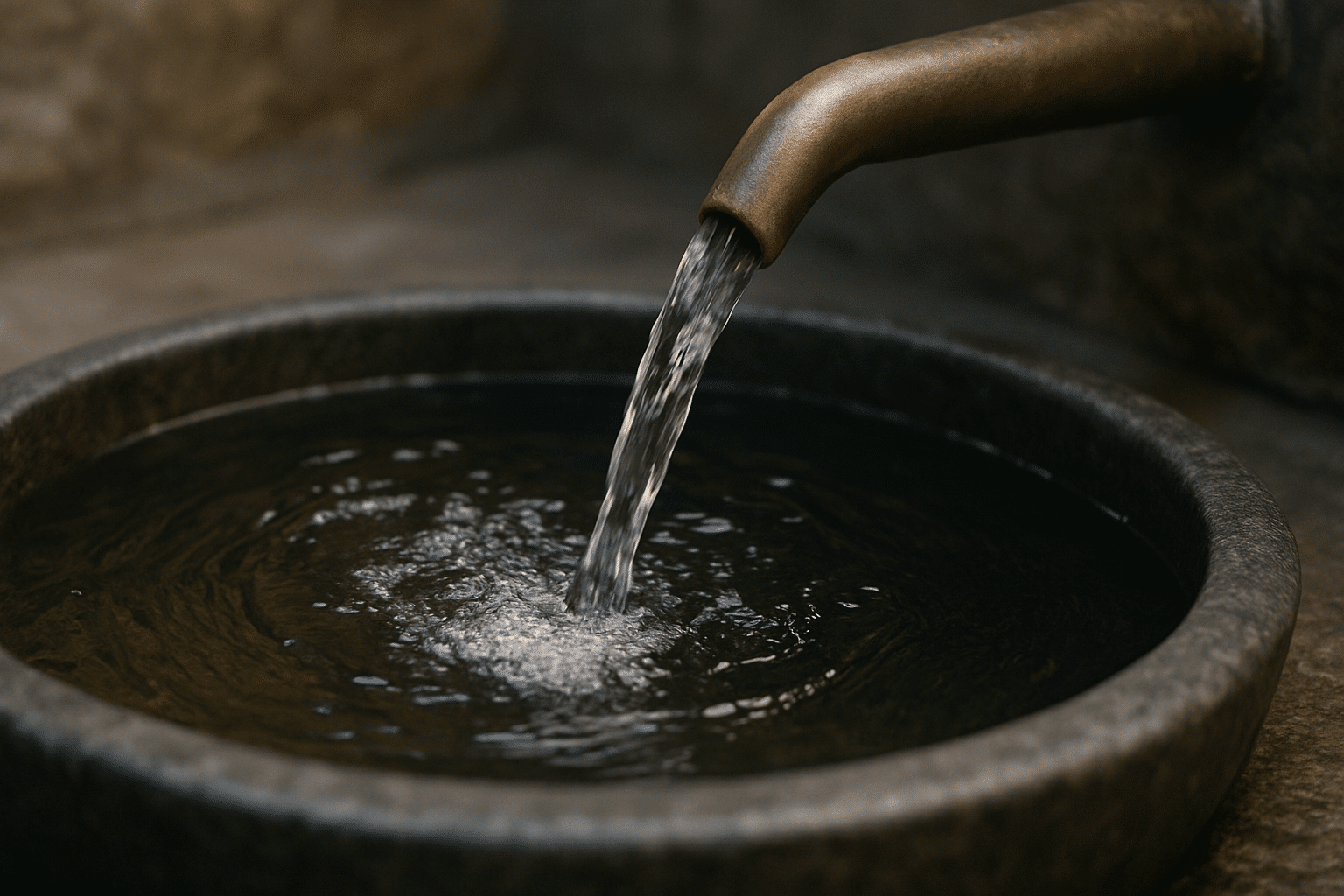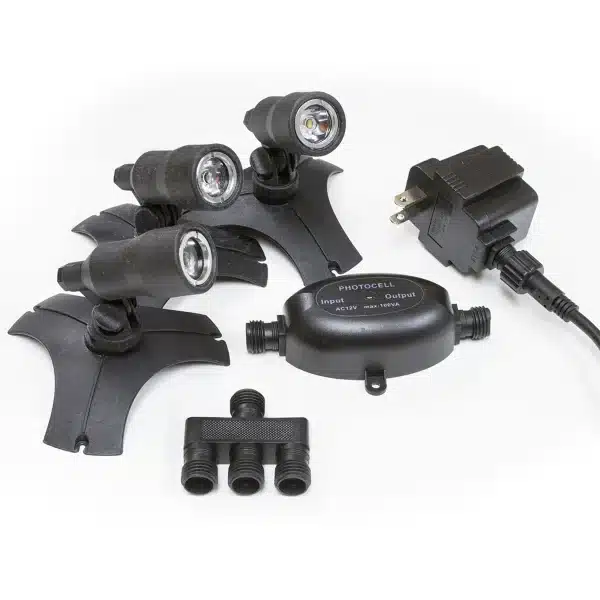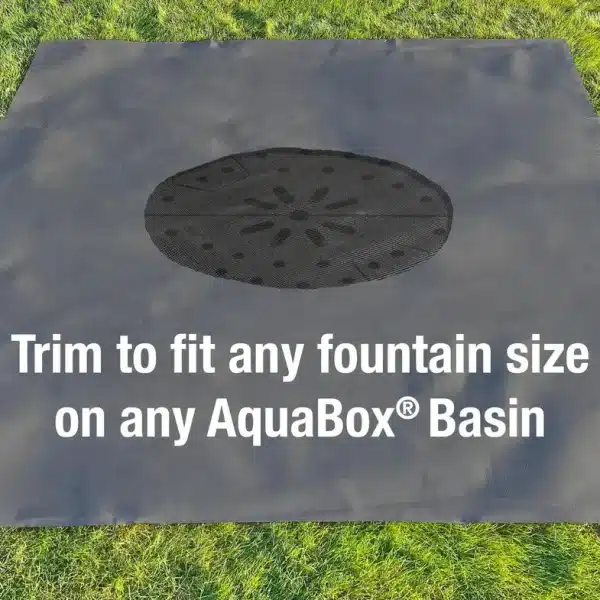Introduction: Why Water Sounds Captivate the Human Mind
From the gentle babble of a mountain stream to the rhythmic crash of ocean waves, water has an uncanny ability to captivate our senses. In the world of ASMR (Autonomous Sensory Meridian Response), water sounds hold a special place for their capacity to trigger deep relaxation, tingling sensations, and a meditative state. But what makes some water sounds deeply satisfying while others fall flat? The answer lies in a fascinating intersection of fluid dynamics, acoustics, and human psychology.
This post dives deep into the science of water acoustics and how you can adjust water in fountains, features, and recordings to maximize its ASMR appeal—whether you’re a content creator, fountain designer, or simply someone who loves calming soundscapes.
1. Understanding the ASMR Connection to Water
What is ASMR?
ASMR refers to a tingling, relaxing sensation often triggered by soft, repetitive sounds and visuals. For many, water sounds are among the most effective triggers because they combine natural unpredictability with rhythmic familiarity.
Why Water Works for ASMR
Broad frequency range: Water produces sounds across a spectrum, from low rumbles to high splashes.
Organic randomness: No two drops sound exactly alike, preventing listener fatigue.
Psychoacoustic comfort: Humans associate water sounds with safety and abundance (evolutionary psychology at play).
2. The Physics of Water Sound
The sound of water is shaped by multiple physical factors, including flow rate, drop height, surface tension, and resonance of the environment. Let’s break down each factor.
Flow Rate
- Low flow: Produces gentle trickling, ideal for subtle ASMR background.
- High flow: Creates white noise-like rushing, useful for masking distractions.
Drop Height
- Short drops (<10 cm): Softer, more percussive drips.
- Long drops (>30 cm): Louder, more resonant splashes with broader frequency content.
Surface Interaction
Falling water can land on:
- Liquid surfaces: Creates smooth blending sounds.
- Solid surfaces: Produces sharper, more defined notes.
Container Resonance
Just as a drum has a distinct tone, the basin or vessel water falls into adds unique resonance. Materials like metal, ceramic, or stone influence brightness, warmth, and sustain.
3. Fine-Tuning Water for Maximum ASMR Appeal
3.1 Adjusting Pitch
Pitch in water sounds is influenced by:
- Flow speed: Faster water = higher pitch.
- Droplet size: Smaller droplets produce higher frequencies.
- Contact surface: Hard surfaces emphasize treble; soft ones dampen it.
Tip: For high-pitched, crisp ASMR, use narrow spouts with quick water release onto a resonant surface.
3.2 Balancing Rhythm and Randomness
ASMR thrives on a blend of predictability and variation.
- Too predictable → Listener disengages.
- Too random → Listener feels unsettled.
- Solution: Use multiple spouts or staggered flow patterns to create overlapping rhythms.
3.3 Volume Control
For ASMR, louder is not better.
- Ideal levels: 40–60 dB (about the volume of a quiet conversation).
- Higher volumes risk triggering alertness instead of relaxation.
4. Acoustic Engineering for Water Features
Designers can purposefully shape the sound of fountains and water installations for optimal ASMR impact.
Material Choices
- Metal: Bright, shimmering tones.
- Stone: Warm, earthy resonance.
- Glass: Clear, crystalline sound with delicate decay.
Shape and Depth of Basins
- Shallow basins → More splashes, higher frequencies.
- Deep basins → Fuller, low-end resonance.
Nozzle Design
- Laminar nozzles: Create smooth, continuous streams with minimal splash.
- Aerated nozzles: Break water into droplets, enhancing texture.
5. Recording Techniques for ASMR Creators
Even the best water feature can lose its magic if poorly recorded. For creators, microphone selection and placement is everything.
Best Microphones
- Binaural mics: For immersive “in-person” sound.
- Shotgun mics: For capturing detail from specific points.
- Hydrophones: For underwater ambience.
Placement Tips
- Close mic for detailed splashes and drips.
- Multiple mics for layered stereo effects.
- Avoid placing too close to prevent harsh clipping from high-impact droplets.

6. Psychological Factors Behind “Satisfying” Water Sounds
Evolutionary Psychology
Our brains evolved to associate the sound of flowing water with safety, hydration, and food sources. This hardwiring explains why even synthetic water sounds can be soothing.
Frequency Preference
Studies show that humans prefer mid-frequency water sounds (~500–2,000 Hz) for relaxation, while low rumbles are more grounding and high-pitched splashes add sparkle.
Context and Memory
Water sounds can trigger personal memories—vacations by the sea, hikes near rivers—that enhance emotional connection.
7. Case Studies in ASMR Water Design
Case 1: Urban Public Fountain
A city square fountain was redesigned with tiered cascades to create overlapping trickles. The result: Increased dwell time of visitors and higher social media engagement.
Case 2: ASMR YouTube Channel
A creator optimized their indoor tabletop fountain by:
- Lowering pump speed for softer pitch.
- Switching to a ceramic bowl for warmer resonance.
- Adding small pebbles for micro-splash texture.
Case 3: Spa Water Feature
A spa installed wall-mounted sheet waterfalls. Acoustic dampening materials were placed behind the wall to remove harsh echoes, producing a soft, continuous white noise ideal for massages.
8. Adjusting Water for Specific ASMR Effects
| Desired Effect | Water Adjustment | Acoustic Result |
|---|---|---|
| Crisp and Detailed | High spout, small nozzle, hard landing surface | Sparkling highs, sharp transients |
| Soft and Warm | Low spout, wide stream, stone basin | Mellow tone, reduced high-end |
| Deep and Grounding | Slow flow, large volume, deep basin | Low rumble, long resonance |
| Hypnotic Loop | Multiple staggered flows | Layered rhythm, sustained immersion |
9. The Role of Lighting and Visuals
- While sound is the primary ASMR trigger here, pairing it with visuals heightens the effect.
- Slow-motion droplets can amplify the listener’s focus.
- Underwater lighting changes how bubbles and ripples form, subtly altering sound.
10. The Future of ASMR Water Design
With advances in sound design software and smart fountain systems, creators can now adjust water acoustics in real time:
- App-controlled pumps for instant flow changes.
- Embedded sensors to trigger specific patterns.
- AI-generated water sound mixes for unique listener experiences.
We may soon see fountains that adapt to the listener’s mood, adjusting pitch and rhythm based on biometric feedback.
Conclusion
The art of creating satisfying water sounds for ASMR lies in understanding the science of flow, pitch, resonance, and human psychology. Whether you’re engineering a public fountain, recording for YouTube, or fine-tuning your home water feature, the smallest adjustments can make the biggest difference.
Water is not just visually beautiful, it’s acoustically rich, emotionally grounding, and infinitely adjustable for human comfort.






